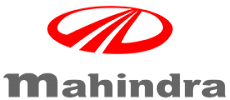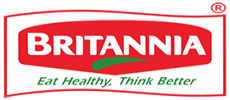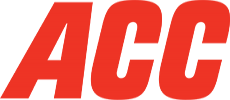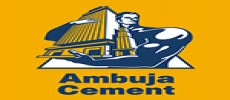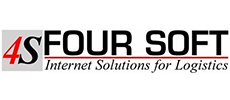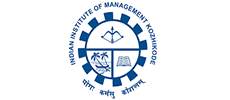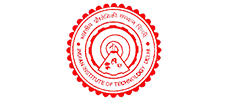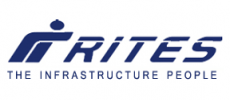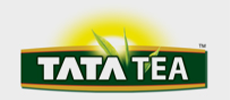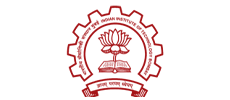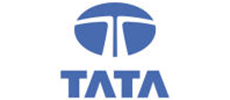14
January
5 Factors to Consider Before Choosing Route Optimization Software
If you are a distributor, C&F agent, dealer,
wholesaler, local delivery service provider for any kind of products or
services, then you need an effective route optimization and dispatch planning
software - 5 Factors to Consider before Choosing route optimization software in 2021?
If you deliver some products or services regularly from a common location to multiple customers, then a good route optimization solution can reduce your cost of delivery and enhance serviceability to your customers. It can make your business more profitable, improve your operational efficiency, and enhance serviceability to your customers. With better serviceability to customers, your market share and sales revenues are expected to increase too.
This will be useful for you no matter what products or services you deliver. They might be groceries, fast-moving consumer products manufactured products like consumer durables, food services, technical maintenance services for appliances, household services such as plumbing, carpentering and electrical repairs, sales beats to retailers or any other similar services.
You might be delivering them B-to-B or B-to-C, i.e. to other businesses such as retailers and channel partners, or door-to-door delivery to end consumers. In such delivery services, there is a distinct potential to reduce costs and enhance serviceability to customers simultaneously, and thereby make your business more profitable and grow it faster.
Given the complexity of the different mix of daily customer orders, multiple options for vehicles and routes, the dispatch planning process are not simple.
Most of the dispatch managers go by their judgment but there remains significant potential to optimize your performance through the use of appropriate route optimization and tracking system. A good route optimization software must have the following features. When you select a vendor or a solution, look for these:
1. Route planning Software Ease of use:
The route planning software must be quick and easy to access, configure, learn and use on a daily basis. You should be able to use it with your smartphone or computer. It should allow easy upload of input data from a variety of systems such as standalone Excel sheets as well as sophisticated ERP systems. It must have a user-friendly interface with simple ways to upload input data, run optimization algorithm scenarios, form one’s own manual scenarios, compare multiple scenarios, view results on relevant performance metrics such as costs, fuel use, orders per vehicle and customer serviceability, and finalize the best route plan. It must have a visual dashboard that permits quick view and comparison of results on easy-to-understand maps, charts and tables.The user should be able to carry out all these tasks effortlessly and it must lead to the finalization of route plan and actual dispatch of deliveries in a quick and natural way. While the users should be able to use the software with ease, the vendor should provide prompt maintenance support and upgrades. If needed, the vendor must provide initial hand-holding to the users for configuration and use.
2. Reduce Delivery Cost:
The software must use well known and established algorithms to optimize the
delivery cost. It must be able to consider and measure a variety of costs
that a delivery service provider incurs depending on the type of contract with
the transporters and customers. In addition, it should also be able to
minimize fuel cost. With regular use of the software, the actual cost of
delivery services must go down. Users should be able to view the trend of
declining costs via the dashboard.
The software must use well known and established algorithms to optimize the delivery cost. It must be able to consider and measure a variety of costs that a delivery service provider incurs depending on the type of contract with the transporters and customers. In addition, it should also be able to minimize fuel cost. With regular use of the software, the actual cost of delivery services must go down. Users should be able to view the trend of declining costs via the dashboard.
3. Improve Vehicle Utilization:
As a consequence of reducing the delivery cost, the software is expected to improve vehicle utilization. The service providers must be able to serve all customer orders with less vehicles than before. That is, the number of orders served per vehicle must increase. Users should be able to view the trend of improving vehicle utilization via the dashboard.4. Enhance Serviceability To Customers:
In addition to reducing cost, the software must also enhance serviceability to customers. This implies better on-time deliveries to customers. This also implies proactively providing useful information to customers so that the process of delivery and receipt of products/services becomes seamless. Thus, the software must also have good tracking and proof-of-delivery (POD) system. The delivery service provider should be able to track the vehicles real-time and send delivery status updates to customers. In the end, the customers must feel satisfied with tangible and consistent improvement in on-time deliveries and service experience. The delivery service provider should be able to view these improvements via the dashboard and convey the same to the customers.5. Simplify Dispatch Planning Process:
Finally, the software must streamline and simplify the entire dispatch planning process of the delivery service provider. Right from getting the data of customer orders and vehicles availability, running the relevant optimal route scenarios, comparing the optimal scenarios computed by the algorithm with any manual scenario, viewing results with a visual dashboard, dispatching as per the finalized route plan, tracking the vehicles and updating the customers, to receiving PODs and feedback from customers, the software must facilitate all tasks as a sequence of quick, effortless activities.How Order-Vehicle Assignment and Route Planning (OVAR) Can Solve Your Routing Issues:
IGSA Labs having 12years of software development experience in supply chain solution. Introducing advanced optimal dispatch planning solution Order-Vehicle Assignment and Route Planning (OVAR) “Route Optimization software” – Product of IGSA Labs Order-Vehicle Assignment and Route Planning (OVAR) helps in optimal dispatch planning and its objective function is to minimize overall transportation costs by considering vehicle capacity and strict service-level constraints with real-time tracking and POD notifications, based on an advanced mathematical model.Overcome your Business challenges with “OVAR” ·
Minimize transportation costMaximize vehicle utilization
Meet serviceability targets
Meet time-slot based
Delivery commitments
Live Tracking & POD and more
The Best Route Planning software in 2021:
Find and compare the best Route Planning software in the market. Free, interactive and user-friendly tool to swiftly narrow your choices by trying a free trial period, some of the vendors providing a free trial version with unlimited stops for your routes, try and pick your best choice for your profitable business, below a list of vendors who are giving a free trial period.Route4Me:
Route4Me pricing starts at $99.99 per month. There is a free version of Route4Me.Route4Me does offer a free trial. See additional pricing details for Route4Me below.Starting Price: $99.99/month
Free Trial: Yes
MyRouteOnline:
My Route Online pricing starts at $29.95 /month. There is a free version. MyRouteOnline does offer a free trial.Starting Price: $29.95 /month
Free Trial: Yes
ORDER VEHICLE ASSIGNMENT & ROUTE PLANNING (OVAR):
OVAR delivers the most used route sequencing and optimization solution for small businesses and enterprises. Exceptionally user-friendly,OVAR pricing starts at 1000 Indian rupees per month i.e($14.50 /month) it’s a monthly subscription model. There is a free version.
Starting Price: $14.50 /month
Free Trial: Yes
Save Costs From Day One | Start Your Free Trial Today

